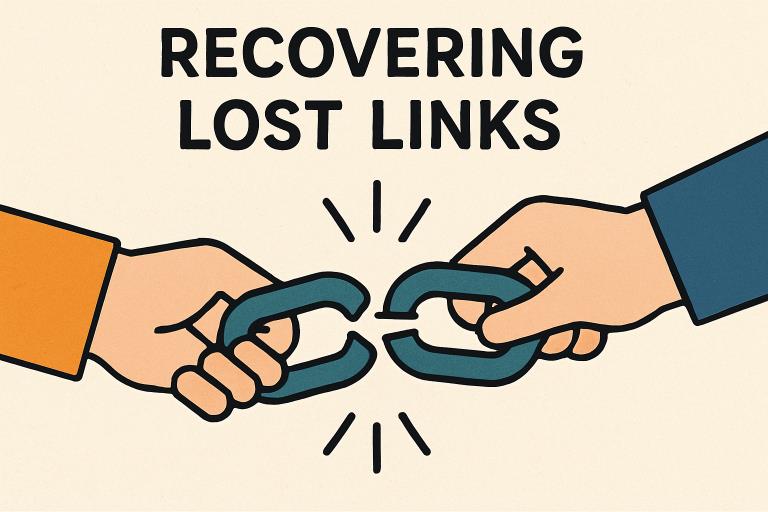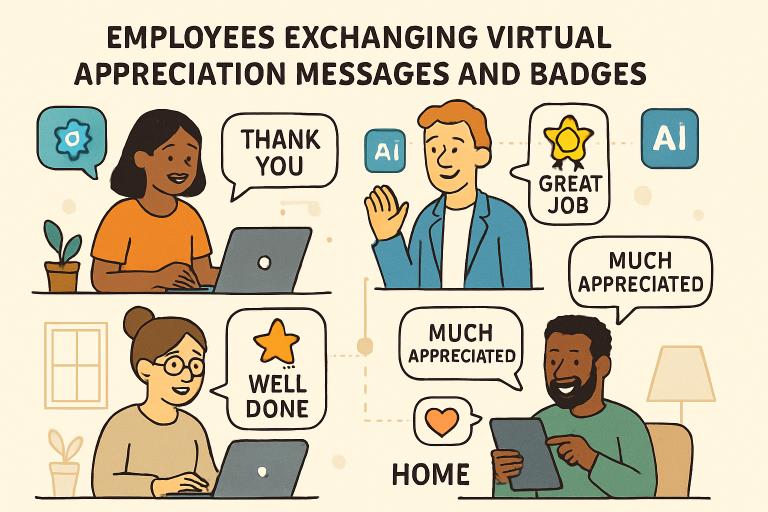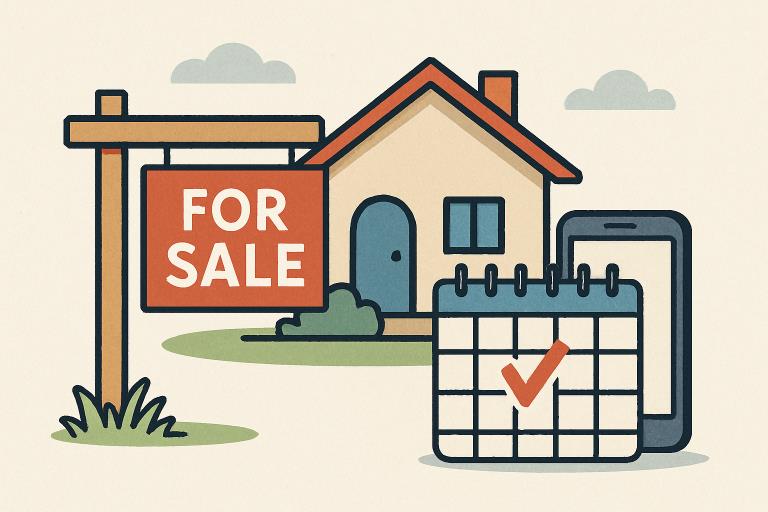Now Reading: Recovering Lost Links: Essential Strategies for Digital Marketers
-
01
Recovering Lost Links: Essential Strategies for Digital Marketers
Recovering Lost Links: Essential Strategies for Digital Marketers

Key Takeaways
- Proactively reclaiming lost backlinks can bolster domain authority and organic rankings.
- Regular link audits help uncover valuable lost or broken links, presenting opportunities for site growth.
- Automation and outreach tools streamline the link reclamation process for marketers and website owners.
- Tactics such as updating redirects, reaching out to webmasters, and leveraging unlinked brand mentions can drive successful link recapture campaigns.
- Staying updated with industry trends helps enhance link-building and preservation strategies.
Why Lost Links Matter in SEO
Backlinks are vital for SEO, boosting site authority and search rankings. Losing valuable links can harm organic visibility, referral traffic, and brand credibility. Proactively reclaiming lost backlinks through strategies like Vazoola helps protect SEO equity and unlocks growth opportunities. Since links can disappear due to site changes or content removal, regular monitoring and recovery of quality backlinks are essential for sustained digital success.
If you want a comprehensive solution to retrieve lost link equity, it’s essential to incorporate modern tools and approaches into your workflow. Agencies and in-house marketers adopt platforms specifically designed to recover lost backlinks with Vazoola, simplifying the process and equipping teams with actionable data and outreach automation. These services streamline the identification, evaluation, and outreach required to recover high-value links efficiently and at scale.
Recognizing the Causes of Link Loss
Understanding why links are lost is the first step toward preventing and recovering them. Common culprits include deleted web pages, URL structure changes or rebrands that don’t implement proper 301 redirects, or even routine website cleanups where content is pruned or consolidated. Human errors also play a role, such as accidental removal of hyperlinks or misconfigured redirects. Industry research reveals that link rot—where links point to content that no longer exists—impacts roughly 30% of all backlinks within two years, underlining the urgency of regular checks and proactive recovery.
Conducting Comprehensive Link Audits
A detailed link audit forms the backbone of any successful link reclamation initiative. Using specialized SEO tools like Ahrefs, SEMrush, or Majestic, marketers can scan their entire backlink profile to uncover recently dropped, broken, or devalued links. These audits highlight both opportunities and risks: where valuable links may be reclaimed and where toxic links might require disavowal to protect reputation. By comparing historical backlink data, it’s possible to trace when links were lost and prioritize the most authoritative domains for outreach.
Key Steps in the Link Reclamation Process
- Identify Lost Links:Use link analysis tools to create a list of lost or broken backlinks.
- Evaluate Relevance:Assess which lost links offer substantial authority, referral value, or topical alignment with your current goals.
- Contact Webmasters:Draft polite, concise outreach messages explaining the benefit of reinstating the link or updating references.
- Update Redirects:Fix internal redirects to ensure old URLs route correctly and preserve backlink value.
- Leverage Unlinked Mentions:Look for brand mentions or citations that lack a link and ask the domain owner to make them clickable, turning passive mentions into SEO assets.
Optimizing Outreach for Link Recovery
The tone and personalization of your outreach play a key role in recovering lost links. Sending tailored emails that outline why the link mattered—and how its restoration can benefit the host site’s audience—drastically improves response rates. Avoid generic or mass-emailed templates; instead, reference specific content or context to form a genuine connection. Outreach should be followed up thoughtfully, providing value—such as offering updated information or reciprocal promotion—where appropriate.
Leveraging Automation and Specialized Tools
Automation tools play a crucial role in managing and expanding outlink reclamation efforts. Platforms simplify outreach by organizing communications, maintaining records of past interactions, and automating follow-up reminders. Although they enhance efficiency, it’s essential to personalize and humanize all templates so that recipients feel genuinely appreciated, rather than treated like automated targets. The most effective link recoveries happen when automation is combined with authentic, relationship-focused engagement.
Tracking Success and Adjusting Strategies
It’s vital to measure the effectiveness of your link reclamation over time. Use Google Analytics and Search Console to monitor whether reclaimed backlinks translate into boosts in organic rankings, referral traffic, or leads. Detailed tracking helps fine-tune your approach: If particular messages, content types, or outreach targets prove more effective, pivot future campaigns accordingly. Longitudinal data is key, as the benefits of link reclamation may manifest gradually as search engines recrawl and reevaluate your backlink profile.
Staying Ahead with Industry Trends
Continuous education and vigilance lay the foundation for sustainable link building. Following authoritative SEO blogs, participating in webinars, and engaging with the latest case studies help marketers stay sharp in an ever-evolving ecosystem. For instance, regular guidance can inspire new tactics and shed light on emerging hurdles, helping ensure your link reclamation process is future-proof.
Conclusion: Safeguarding SEO Through Effective Link Reclamation
Recovering lost backlinks is essential for maintaining and enhancing your website’s authority, organic visibility, and referral traffic. By understanding why links are lost, conducting thorough audits, implementing targeted outreach, and leveraging automation tools thoughtfully, marketers can reclaim valuable link equity efficiently. Continuous tracking and staying updated on industry trends ensure that link reclamation strategies remain effective over time. Ultimately, proactive link recovery not only protects past SEO efforts but also creates new opportunities for sustainable digital growth.





















